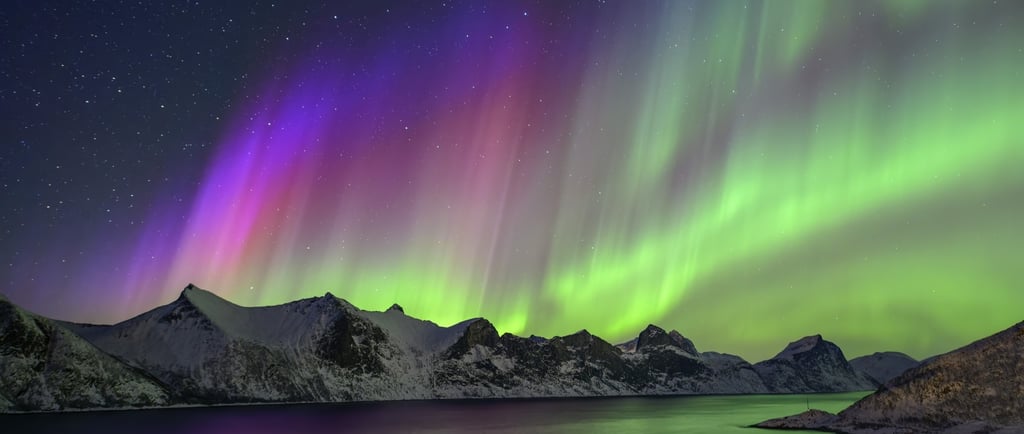A reflection of Sunlight and Moonlight: A Spectacular Aurora
SPACE


The Science Behind the Aurora
Sunlight, a vital source of energy and illumination, creates awe-inspiring phenomena on our planet when it reflects off the Moon. This celestial interplay between sunlight and lunar light results in a breathtaking display known as auroras. These natural light displays are primarily visible near the polar regions, but their beauty can also be appreciated from numerous locations worldwide.
How Sunlight Influences Aurora Formation
When sunlight reaches the Moon, a portion is absorbed while the rest is reflected back into space. This reflected light combines with particles from the Earth's atmosphere, particularly during solar storms, to create shimmering waves of color across the night sky. The vibrant greens, pinks, and purples unfolding as an aurora captivates spectators and astronomers alike, as they mark the interplay between solar wind and the Earth’s magnetic field.
The Aesthetic Appeal of Auroras
Auroras evoke feelings of wonder and tranquility, drawing many to chase these ethereal displays. Whether in the form of the Northern Lights or Southern Lights, the experience of observing an aurora reflects a unique connection between sunlight and earth’s atmospheric conditions. For many cultures, these phenomena carry rich mythological and historical significance, adding layers of narrative to their scenic beauty.
In conclusion, the phenomenon of sunlight reflecting from the Moon to the Earth creates a vast aurora that is not only scientifically remarkable but also artistically inspiring. This natural wonder serves as a reminder of the intricate and often beautiful relationships found in the universe. When evening falls and the night sky glimmers with lively hues, one can appreciate the connection formed among celestial bodies, our planet, and the ambient light that dances across the horizons of our world.
